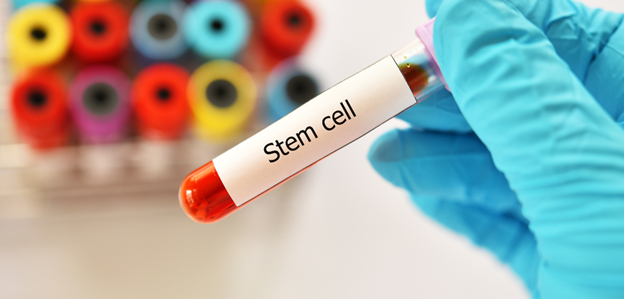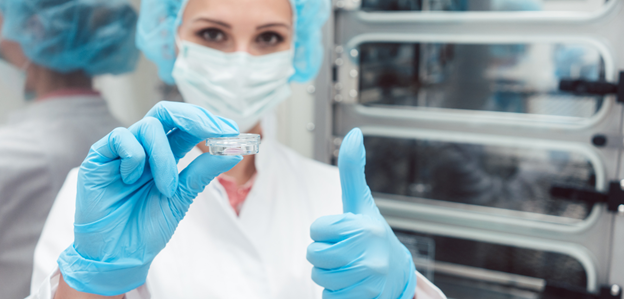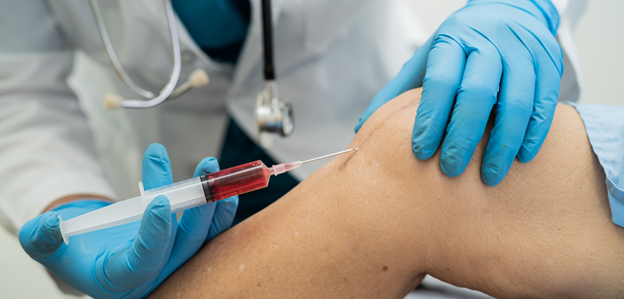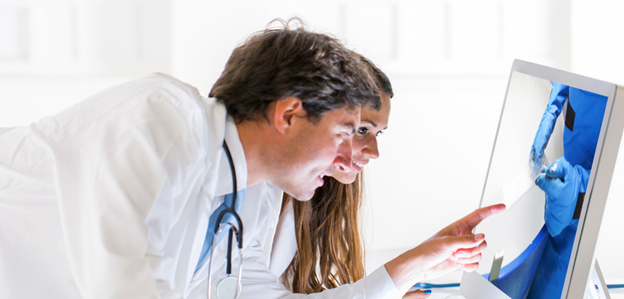It’s just a fact of life that as you get older, pains start to creep up in places they didn’t used to be. Joints begin to ache from just a little use, and getting up from your favorite chair, or heck, even getting out of bed, can feel like a real chore!
The reason? Well, unfortunately, you’ve aged, and there’s been a reduction in cartilage that contributes to your joint pain and arthritis. But never fear; Innate Healthcare Institute is here! With the modern stem cell techniques we employ, such as cartilage regeneration, we can have you up and back to work in no time, doing the things you miss most in life.
Modern science has found ways of extracting what are known as Mesenchymal stem cells from umbilical cords after the mother gives birth and storing those cells for future use. This technique offers a wide variety of natural treatment options for different ailments that are non-invasive and don’t require surgery. Another perk is that you don’t need your own umbilical cord, or one from your child. Donated cords are screened and safe.
 What Exactly Are Stem Cells?
What Exactly Are Stem Cells?
In short, stem cells are special types of cells that have the ability to differentiate into any kind of cell in the body as well as send out chemical messengers that help surrounding cells heal. Mesenchymal stem cells can become neurons, muscle cells, bone, fat, or even new cartilage. Another type of stem cell found in the umbilical cord are Haematopoietic cells.
These particular stem cells specialize in becoming the many kinds of blood cells in our bodies. When using stem cells for cartilage, studies have shown Mesenchymal stem cells are quite capable of repairing damaged tissue.
Stem cells are able to be harvested from various locations on the body, such as bone marrow or adipose (fat) tissue, but one of the most plentiful sources of stem cells is the umbilical cord. The stem cells found in the umbilical cord are a young, fresh source of cells that are primed for healing.
How the Stem Cells are Harvested
After giving birth and once the umbilical cord is cut, doctors will save the cord and test it for communicable diseases. Once it’s deemed safe a specialist, typically a stem cell biologist, will break down the cord to extract the mesenchymal stem cells. These cells can then be cultured to numbers in the billions to be used for experimental therapies.
Their method of extraction is completely painless for both the mother and infant. This allows the blood and stem cells to be securely stowed away for future use. In fact, many parents now opt for cord banking in case their children or families should ever need it.
 Benefits of Umbilical Cord Stem Cells
Benefits of Umbilical Cord Stem Cells
While they’re not a cure-all and can’t instantly make you young again (if we find it, we assure you, you’ll be the first to know), scientists have found a host of benefits of umbilical cord stem cells. According to WebMD, they can be used to treat a variety of arthritis’, immune system disorders, neurological disorders, and even Autism.
Using stem cells for cartilage regrowth has been used for years, but is still considered a new arena. But one that holds immense promise. Of the many benefits of umbilical cord stem cells is the potential for cartilage regeneration. At the moment, this is the forefront of regenerative medicine, and at Innate Healthcare Institute, we’re keeping our eyes and ears wide open for the latest research as well as pioneering our own clinical advancements.
What Has the Research Said?
Recent studies conducted on animal subjects have found umbilical cord stem cells extremely useful at repairing joint-related degenerative diseases such as carpal tunnel syndrome and arthritis.
Using a study using Mesenchymal stem cells injected into the knees of osteoarthritis patients, they found that this stimulated the production of new cartilage in those areas after they checked the participants knees with MRI.
 What is Cartilage Regeneration?
What is Cartilage Regeneration?
Cartilage regeneration encompasses a plethora of techniques ranging from surgery to functional medicine focusing on non-invasive techniques to repair damaged or worn-out tissue. Cartilage wears away as we age from overuse and stress, which can seriously impact your quality of life as even simple tasks become painful.
The idea behind cartilage regeneration is to restore lost cartilage and thereby restore lost functions. This can be done in a number of ways using different procedures depending on the patient’s needs.
- Dextrose prolotherapy – This procedure involves injecting a hypertonic solution, typically dextrose mixed with lidocaine and other solutions to dilute the dextrose to a certain percentage. This stimulates the body’s innate healing system to start regenerating connective tissue.
- Platelet Rich Plasma (PRP) – Blood is drawn from the patient and the red blood cells are removed, leaving the patients plasma which can be rich with platelets. Platelets are one the bodies key healing cells and secrete growth factors to stimulate cartilage growth.
- Mesenchymal stem cells – These cells are much stronger and potent at regenerating cartilage than the previous two. And sometimes this is the only option for severe cases of pain and cartilage degeneration. This process involves injecting the cells into the joint, typically with PRP or saline.
Innate Healthcare Institute employs a unique procedure for administering all three of these options for optimal outcomes.
 What is Regenerative Therapy Like?
What is Regenerative Therapy Like?
Regenerative therapy is a very promising field in medicine, and at Innate Healthcare Institute, it’s what we specialize in. We use cellular therapies and tissue engineering to restore function to areas of the body that have lost it.
When it comes to stem cell therapy for regenerating cartilage, the idea is that a simple injection should be enough to regrow the cells necessary for proper, painless movement. Depending on the severity, it typically take at least 3 injections to see good cartilage growth, return to a pain free joint, and resorting function to the joint.
Final Thoughts
As the advances in regenerative medicine march on, Innate Healthcare Institute is right at the forefront of minimally invasive, natural treatments and the technology to use them. Our regenerative medicine therapies have proven remarkably effective at helping reduce pain and restore lost mobility, all while using minimally invasive methods.
At Innate Healthcare, our exceptional practitioners of regenerative medicine are here to keep you feeling great and in fantastic shape. If you’ve been suffering with symptoms of arthritis or joint pain, don’t hesitate to contact us today for a consultation. We’ll happily discuss our treatment options with you and explain how we can help keep you feeling like your best self for many years to come!




